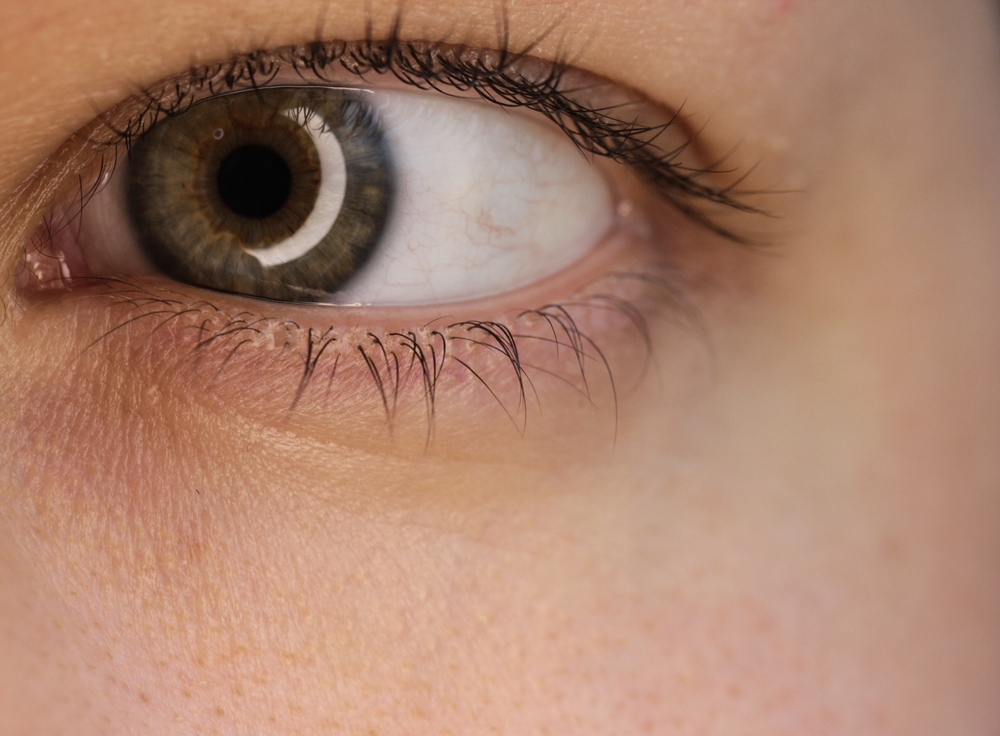Ridgeview Eye Care Blog
Learn more about optometry care in our blog!

For those who struggle to find comfort and clear vision with traditional contact lenses, specialty lenses like bi-toric and hybrid designs offer a game-changing solution. These innovative lenses are tailored to address unique eye needs, providing superior comfort and optimal vision correction.

Keratoconus can significantly affect vision and quality of life. As the cornea thins and takes on a cone-like shape, light entering the eye becomes distorted, leading to blurry or impaired vision. At Ridgeview Eye Care, we offer specialized contact lens options that can help manage keratoconus and slow its progression.

Dry eye syndrome impacts millions worldwide, leading to symptoms like irritation, redness, and blurry vision. While traditional treatments such as artificial tears and warm compresses offer temporary relief, they often fail to address the underlying causes of dry eye. At Ridgeview Eye Care, we’re proud to provide a revolutionary solution: IPL OptiLight, a cutting-edge therapy designed to manage dry eye at its root.

For those seeking a superior solution for vision correction, scleral lenses offer a remarkable combination of comfort and clarity. These advanced lenses are revolutionizing eye care, providing relief for individuals with challenging eye conditions or those who simply struggle with traditional contact lenses. At Ridgeview Eye Care, we’re proud to provide scleral lenses as a customized option to enhance both vision and overall eye health.

As a parent, keeping your child’s vision healthy is a top priority. With the rise in screen time and increased rates of myopia (nearsightedness), more parents are seeking effective options to help their children see clearly. Orthokeratology, commonly referred to as Ortho-K, is an innovative vision correction treatment that’s gaining popularity, especially for children.

Dry eye is a common and often chronic condition that affects millions of people worldwide. It occurs when your eyes are unable to produce enough tears or when the tears evaporate too quickly, leading to discomfort, irritation, and even vision problems. Understanding the causes, symptoms, and treatment options for dry eye is crucial for managing this persistent condition.

In recent years, the prevalence of myopia in children has been on the rise, with an estimated one-third of the world's population affected by this condition. Various factors contribute to the development of myopia, including genetics, environmental factors, and lifestyle choices. It's crucial to understand that myopia is not merely an inconvenience; it can have far-reaching implications, particularly on a child's academic performance and overall well-being.

Keratoconus is a progressive eye condition that causes the cornea, the clear front part of the eye, to thin and bulge into a cone-like shape. This irregular shape can distort your vision, making it difficult to see clearly. Keratoconus typically begins in the late teens or early 20s and can continue to progress for 10-20 years before stabilizing.

Pink eye, also known as conjunctivitis, is a common eye condition that affects the thin, transparent layer of tissue (conjunctiva) that covers the front of the eye and the inside of the eyelid. This condition can cause redness, itchiness, and discomfort in one or both eyes. Pink eye is a widespread problem that can affect people of all ages, from infants to the elderly.

As an athlete, you understand the importance of proper gear and equipment to optimize your performance and safety. Sports eyewear is a crucial component of this equation, designed to protect your eyes from potential hazards and enhance your visual acuity during physical activity. Whether you're a professional or an amateur, sports eyewear is an investment that can significantly impact your athletic experience.
















